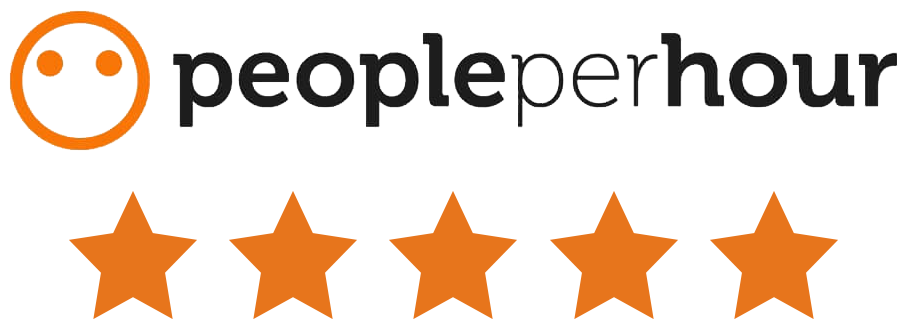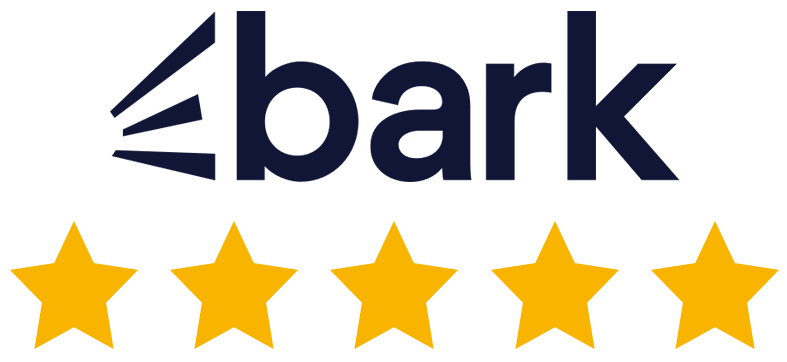Google Shares How They Handle Hreflang Signals
- 1 December, 2020
- Jason Ferry
- Search Engine Optimization

When it comes to search engine optimization, businesses and website owners need to know how Google handles hreflang signals. One of the most important aspects of SEO optimization is dealing with conflicting hreflang signals, which happens when directives show up in sitemaps or on-page HTMLs.
A Google Search Central live stream on 27 November discussed the possibility of conflicts among hreflang signals. The person asking the question was concerned about webpages having an extra set of hreflang after already implementing the correct hreflang using sitemaps.
The person knows that the best thing to do is to minimise the “conflicting hreflang”, so they asked Google how the search engine company deals with such situations. They also wondered whether Google prioritises the sitemaps hreflang or the on-page hreflang in such cases.
In response, Google’s John Mueller first enquired what the asker meant by “conflicting” hreflang signals. The person explained that hreflang signals come to conflict because the sitemap for US English users has a correct directive, but the source code for the webpage in question contains hreflang signals for US French.
After this explanation, Mueller discussed how Google handles such situations. When the hreflang directives are in the sitemap, as well as in the source code of webpages, Google combines the two hreflang signals.
Mueller said that hreflang is not something that limits a webpage to only have one language version. On the contrary, what hreflang signals do is that they allow a webpage to have several language versions for the convenience of their customers targeted across the globe.
Moreover, businesses can improve their search engine optimization so that their webpages can have multiple different levels. For instance, a business or website owner can have a webpage for English in UK, English in US, and English in Singapore. Then, they can add an entirely different webpage that’s for English in Australia.
They can also have a single webpage with multiple regions and countries targeting them. So, if one has a hreflang in the HTML and some signals in the sitemap, Google would try to combine all those things together, especially if one has several different country versions.
However, SEOs and webmasters must know the exception to this rule. Google does not combine hreflang signals if they are not in sync with each other. This means that only one language version of the hreflang directive will be shown on the webpage, but the same directive will be assigned to a different webpage on the sitemap.
The only time that things would get conflicting or confusing is if a website has only one country language version on a webpage, and they use the same country language version for a different webpage in the sitemap file. During such situations, it would probably be confusing to Google’s systems.
As for the part that asks which is more important – the sitemap hreflang or the on-page hreflang – Mueller said that Google doesn’t prioritise anything over the other. If the conflicting signals confuse Google’s systems, Mueller confirmed that they would drop the signals instead of choosing one hreflang to appear on the webpage.
The hreflang attribute is crucial for businesses who target multiple audiences globally. These signals are used on websites that contain content written in various languages. Although hreflang is a simple HTML attribute, Mueller even admits that it can be one of the most challenging parts of SEO optimization.
If you are not sure how to deal with hreflang or how to make your online brand more popular among its target customers across the globe, Position1SEO will help you! Our team of experts can provide you with affordable and effective SEO packages that are guaranteed to boost your traffic and sales.
Email us at office@position1seo.co.uk or call us via 0141 404 7515. We look forward to hearing from you!















